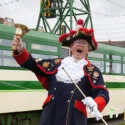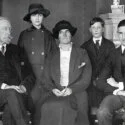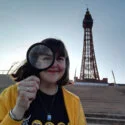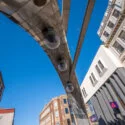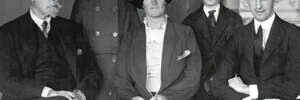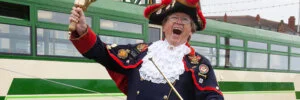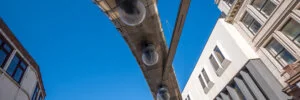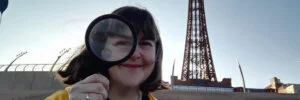
Susan Brownrigg is a Lancashire lass who grew up in Wigan and now lives in Skelmersdale, but loves to visit Blackpool as often as possible! She is the author of Gracie Fairshaw and the Mysterious Guest, Gracie Fairshaw and the Trouble at the Tower, Gracie Fairshaw and the Missing Reel, Kintana and the Captain’s Curse and Wrong Tracks. Brownrigg has worked as a library information assistant for three years and her previous career was in heritage and wildlife education. She worked at Norton Priory Museum for 12 years, most recently as learning manager. She has also worked at Tatton Park,… Read more »

